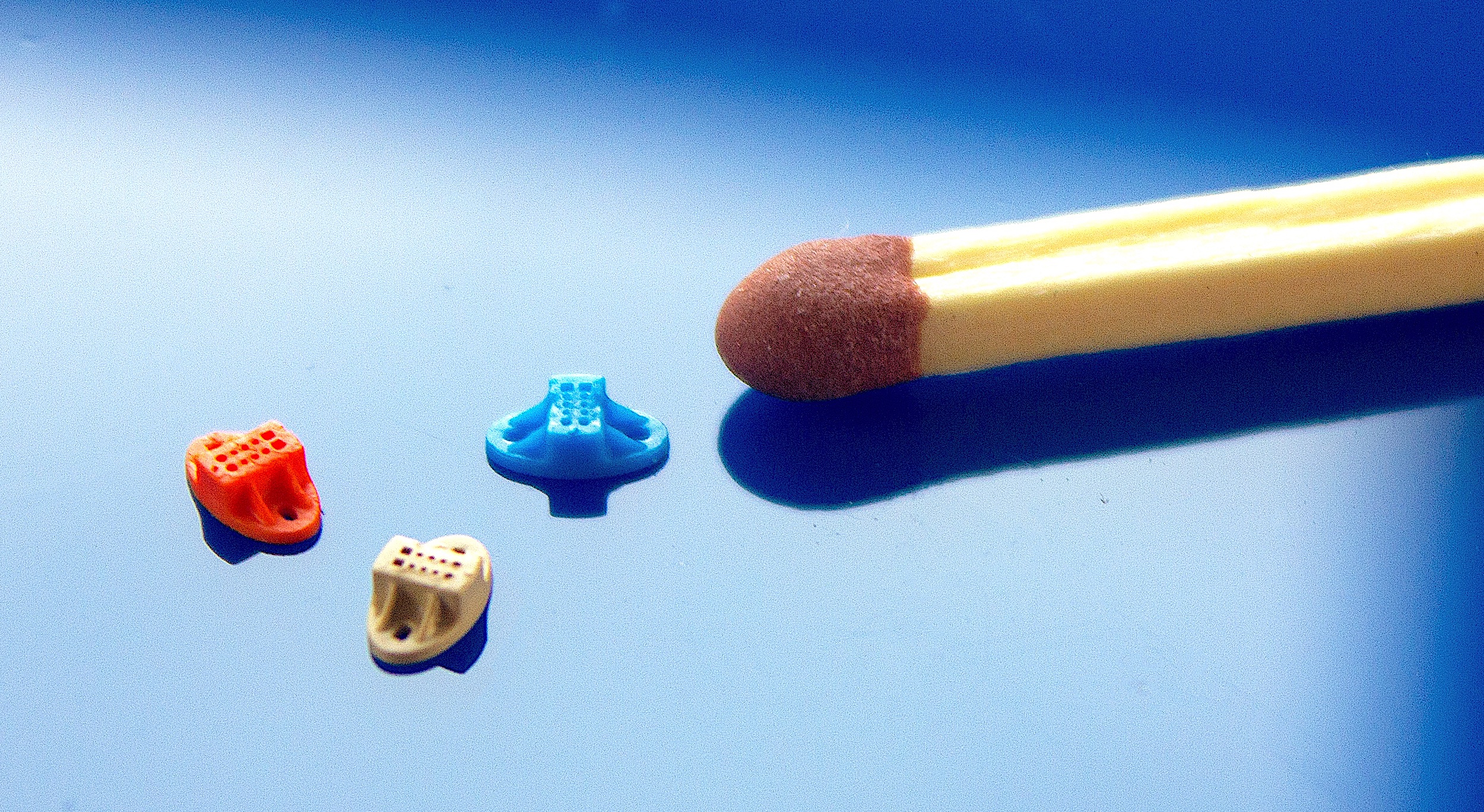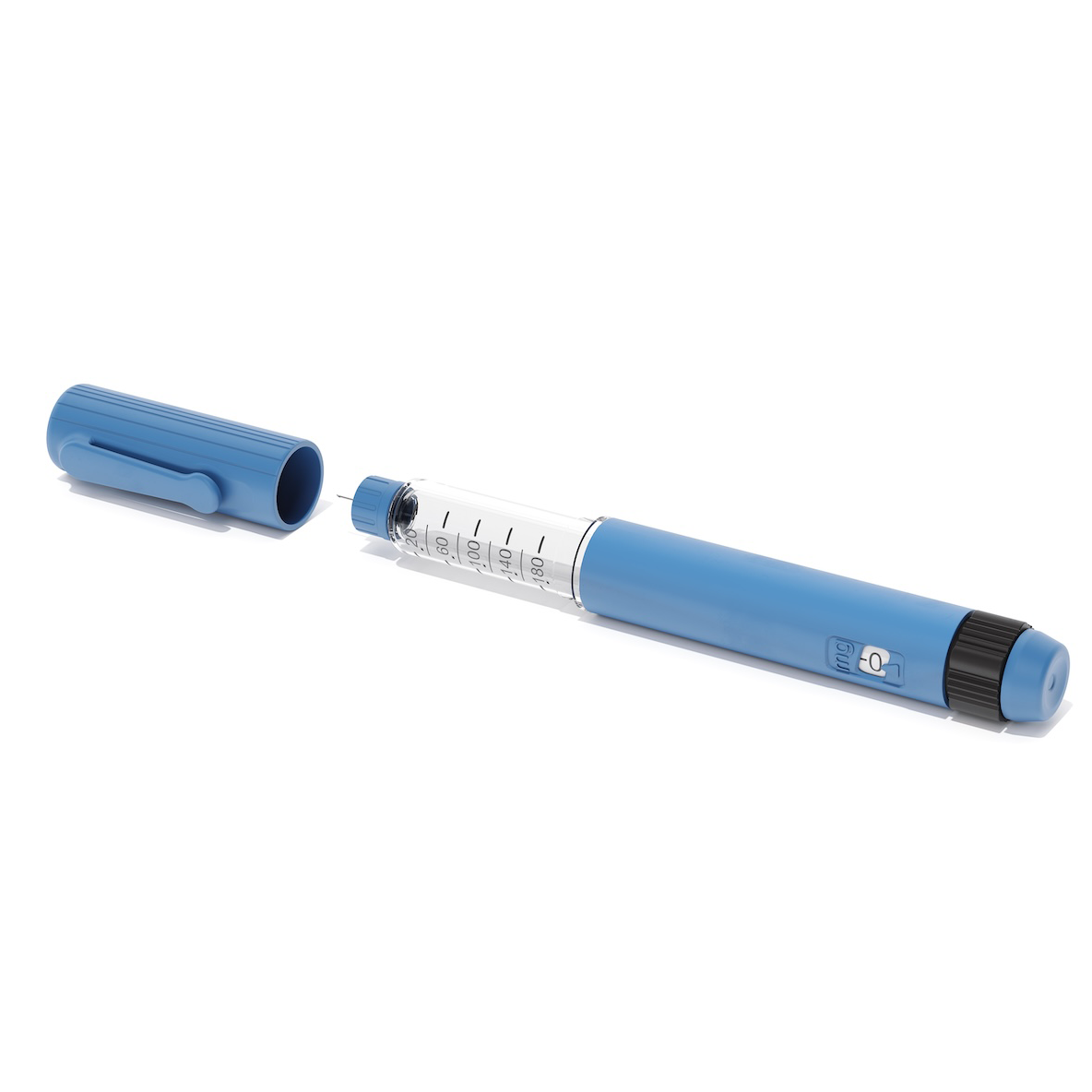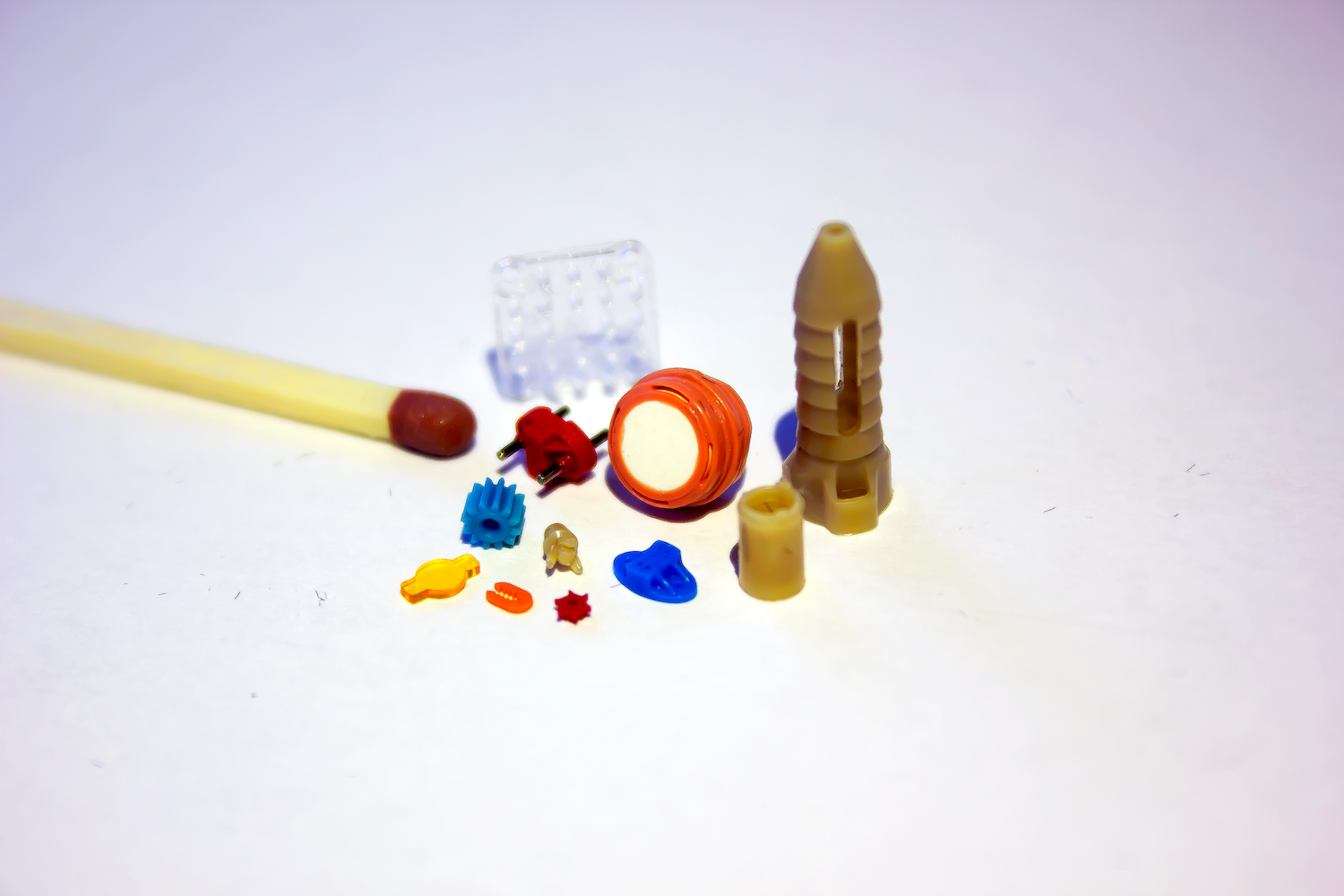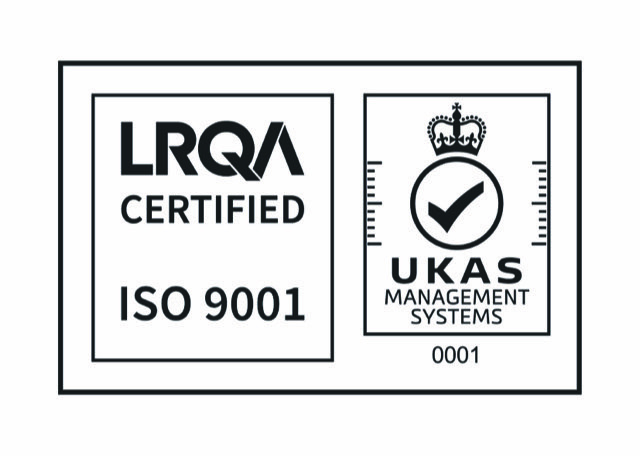What is ISO 13485?
Within the medical device industry, it is crucial for manufacturers to be able to supply products with the highest level of safety and quality, demonstrating excellent quality management processes with best practices in every step. ISO 13485 is developed as an internationally agreed standard for the quality management system just for the medical device industry.
What is ISO 13485?
According to ISO 13485:2016, an organisation must be able to supply medical devices and related services that consistently fulfil the demands of the customer and any applicable regulatory requirements. ISO defines medical devices to be a product that is designed for use in the diagnosis, prevention, and treatment of illnesses or other medical disorders. Examples could include instruments, machines, implants, and in vitro reagents.
Medical device manufacturers are involved in various stages of the product lifecycle, including design, development, manufacture, storage, distribution, installation, servicing, and related activities such as technical assistance. Suppliers and external parties providing goods or services linked to quality management systems may also adopt this ISO certification.
Except as specifically indicated, the requirements of ISO 13485:2016 apply to all organisations, regardless of size or kind. Wherever regulations are listed as being applicable to medical equipment, they also apply to related services provided by the organisation. ISO 13485 addresses Quality Control, Risk Management, Legal compliance, Operational efficiency, Ability to trace and recall products and devices, and Process and product improvement.

All steps throughout the processes at Micro Systems strictly follow the highly-set standards (Photo: Micro Systems)
What are the benefits of ISO 13485?
Being ISO 13485 accredited brings a number of benefits to the organisation in various aspects.
ISO 13485 certification enhances an organisation’s ability to secure contracts with larger clients and expand market reach. Many major medical device companies prioritise suppliers with this certification, especially when ensuring subcontractors also comply. The standard is also a crucial step towards regulatory clearance in key markets like the EU and Canada, while demonstrating product quality to potential customers.
ISO 13485 certification demonstrates a business’s commitment to high-quality standards, signalling to clients and authorities that quality is prioritised—crucial in the medical device sector. This fosters greater customer satisfaction, trust, and the potential for long-term business relationships.
ISO 13485 enhances internal efficiency by standardising processes, reducing errors, and optimising resource allocation. Its focus on documentation, traceability, and risk management ensures compliance with regulatory requirements, facilitating successful inspections and audits. Centralised documentation also improves access to critical information, reducing development time and costs while helping identify issues and streamline production.
Who should use ISO 13485?
ISO 13485 specifies quality management, indicating that a wide range of businesses in the supply chain for pharmaceuticals and medical devices could follow this standard. Companies that adhere to this standard could include:
- Medical device manufacturers;
- Suppliers of goods or raw materials to manufacturers that make medical devices;
- Organisations for quality control that work with producers of medical devices;
- Organisations that assist manufacturers of medical devices;
- Manufacturers of sterile medical equipment;
- Suppliers of surgical medical equipment.
Although the certification is optional, it forms the basis for medical device regulations in many countries. For instance, obtaining ISO 9001 or ISO 13485 certification is required for medical device approval in Europe. Regulatory bodies in Australia, Canada, the US, the EU, and Japan also incorporate ISO 13485 standards into their frameworks.
What is the difference between ISO 13485 and ISO 9001?
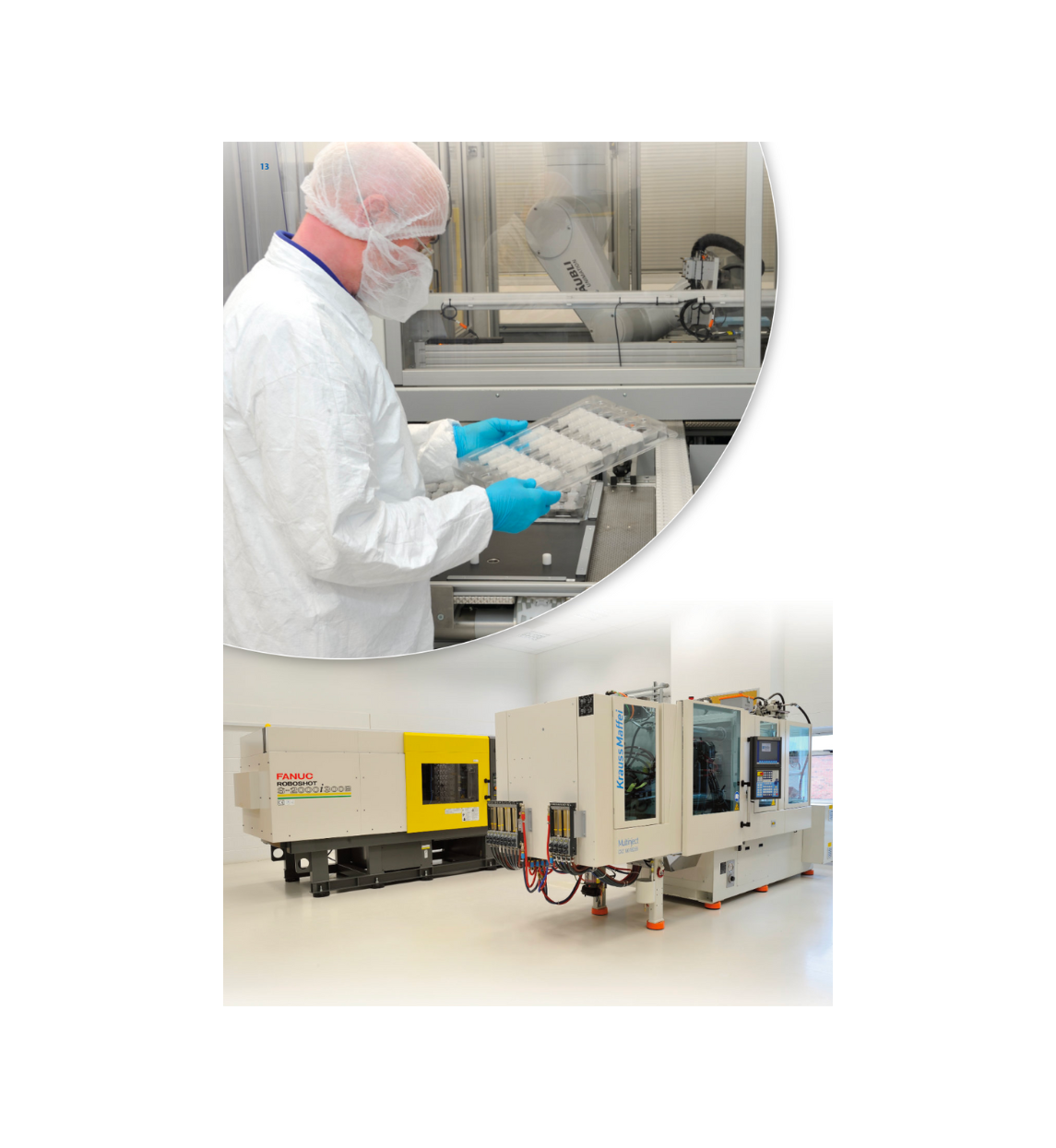
ISO 9001 can be utilised regardless of their industry, every organisation, no matter how big or little. In actuality, more than a million businesses and organisations in more than 170 nations have received ISO 9001 certification. This standard is founded on several quality management principles, such as a strong customer focus, top management involvement and motivation, the process method, and continuous improvement. The quality management principles of ISO provide a more thorough explanation of these ideas. Utilising ISO 9001 contributes to ensuring that clients receive dependable, high-quality goods and services, which has several positive effects for businesses.
ISO 9001 and ISO 13485 share similarities, such as supporting the establishment of a quality management system, focusing on risk assessment, and ensuring quality products through customer understanding. Both utilise Deming’s Plan-Do-Check-Act cycle and emphasise worker proficiency and quality infrastructure.
The key difference is that ISO 13485 is tailored specifically for medical devices, with industry-specific guidelines. It focuses on meeting customer requirements rather than satisfaction metrics and includes additional regulatory reporting, advisory notices, and recall requirements.
Regarding Management Responsibility, while ISO 13485 mandates that a medical device maker choose a single individual from the management to be accountable for QMS, ISO 9001 permits organisations to disperse the duties for quality control without being connected to specific managers. It also focuses more on maintaining the effectiveness of the quality management system, rather than the continuous improvement as in ISO 9001.
Regarding Documentation Control, ISO 13485 is more demanding than ISO 9001 since it calls for the inclusion of regulatory documents, including full product specifications, descriptions of production processes, and instructions for installation and maintenance, in the system documentation.
Regarding Product Realisation, design and development remain crucial steps in this ISO accreditation, however, ISO 9001:2015 has changed to the definition of operational procedures for product delivery. The requirements of the client are prioritised over the documentation of the design and development in ISO 9001:2015.
Regarding Risk Management, ISO 13485 emphasises risk management documentation, requiring medical device manufacturers to track risk management throughout the design and production stages. It also mandates the examination of customer complaints and the establishment of post-sale monitoring to ensure ongoing product quality compliance.
Regarding Resource Management, ISO 13485 also requires that developers and manufacturers of medical devices have the required mechanisms to record and manage industry-specific criteria, such as clothing cleanliness, temporary working circumstances and controls for contaminated products.
Micro Systems is accredited with both ISO 9001 and ISO 13485. Our on-site injection moulding facility Optimold is also accredited with ISO 13485. We are capable of taking on your most challenging medical device projects, from designing and manufacturing medical moulds to producing the final medical moulded parts, all within our ISO-certified clean rooms in the UK.

Micro Systems’s vast know-how in design, ultra-precision micro machining capabilities and expert knowledge in micro moulding technology allow us to manufacture advanced microfluidic moulds with tolerance as low as +/-0.001mm, with integrated optics. We have a dedicated micro moulding facility, and have ISO13485 and ISO9001 certifications. For more information, please Contact us or visit our website.

